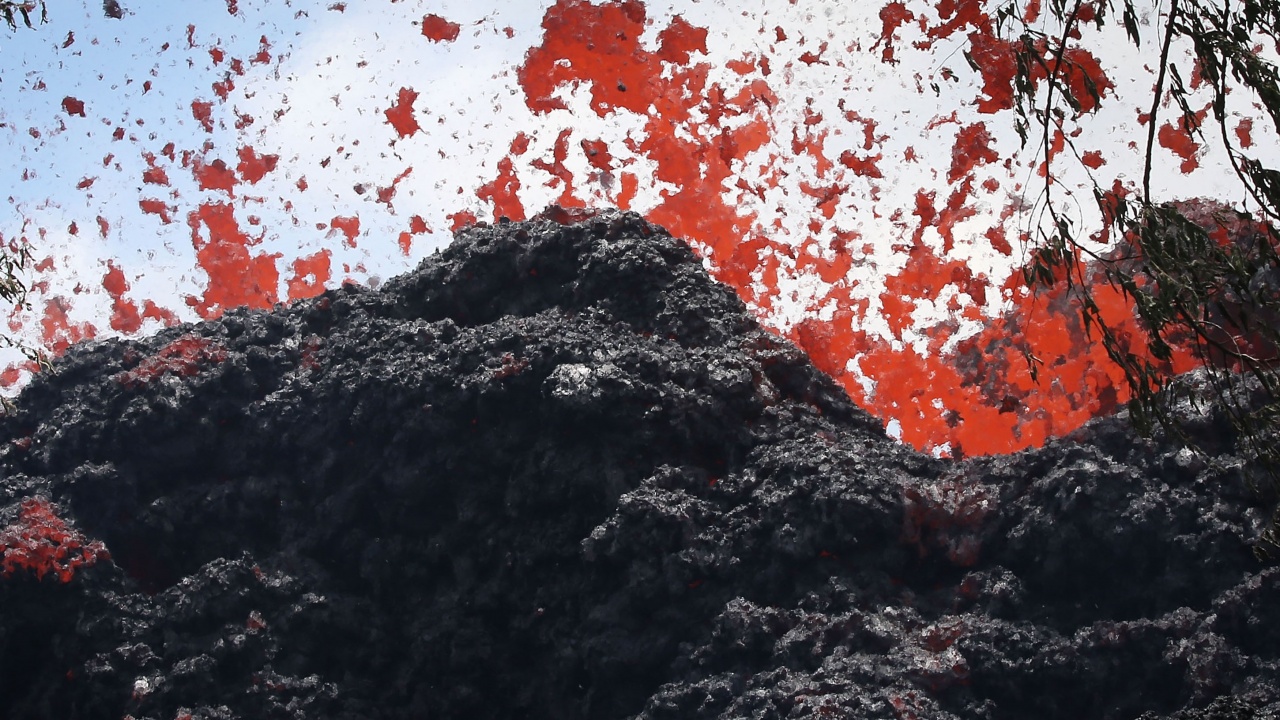It took a little over three months for the volcano Cumbre Vieja to fall asleep again - it was officially announced today that the eruption on the Spanish Canary Island of Palma, which caused significant damage, is over, AFP reported.
"Today, the scientific commission can say - the eruption is over," said Julio Perez, director of the emergency plan for volcanic events.
"There is no lava, no significant gas emissions, no significant seismic tremors," he said, recalling that the eruption, which began on September 19, lasted "85 days and 18 hours."
It took 10 consecutive days with no visible volcanic activity - a time required by scientists - to say the case was over.
Over the past three months, there have been many premonitions that the eruption would have stopped, but it resumed a few days later, bringing turmoil to life on the island.
Cumbre Vieja is already lethargic again - the lava flows are blackened, hardened, wrinkled and a layer of black sand - in fact ash, covers the area like a veil.
"It will take years, even a decade, to clear, level and restore this disfigured terrain," experts said.
The volcano on the island of Palma covered a thick layer of lava with an area of 1040 hectares
Experts have already warned: the area will remain dangerous for some time because the emissions of toxic gases continue, and the lava will not cool down immediately.
Not forgetting the risk of landslides.
Like the other 6 islands of the Canary Islands in the Atlantic Ocean off the northwest coast of Africa, Palma is of volcanic origin and has many similar phenomena in its history.
